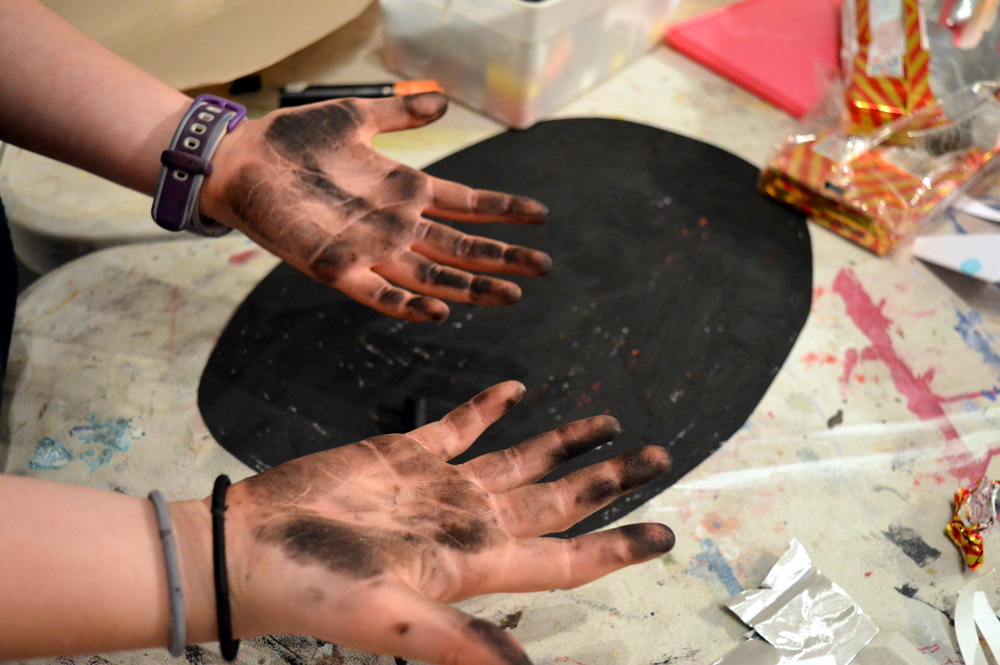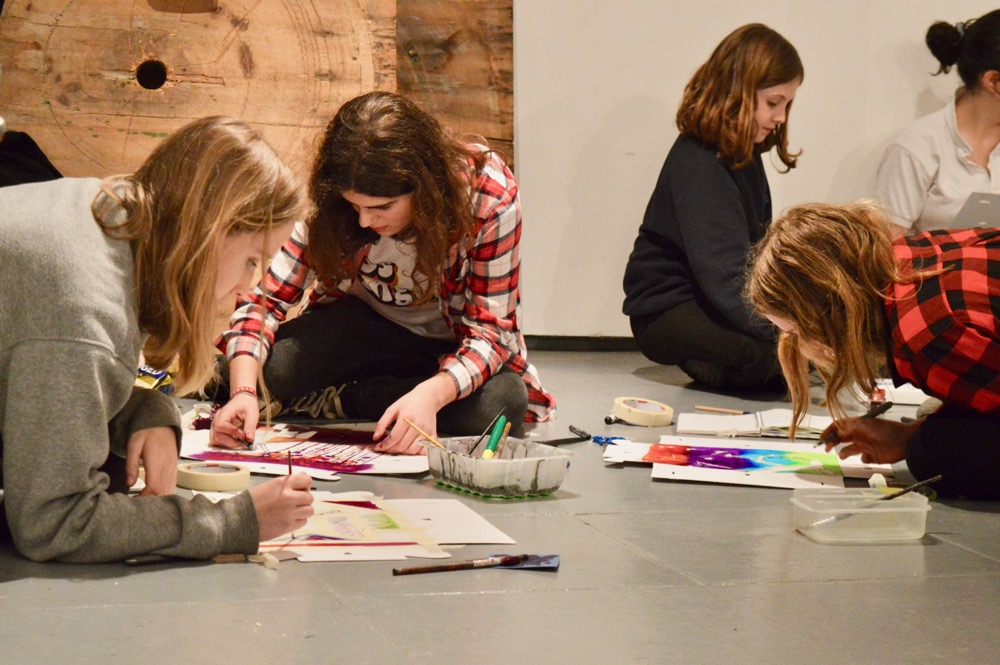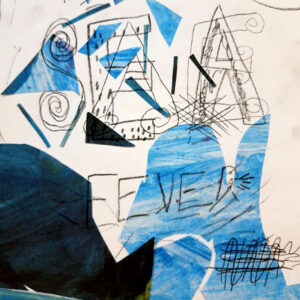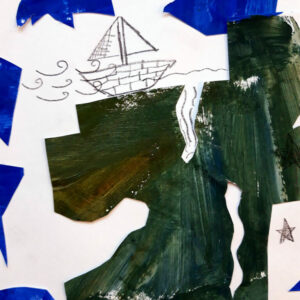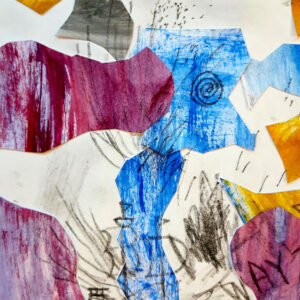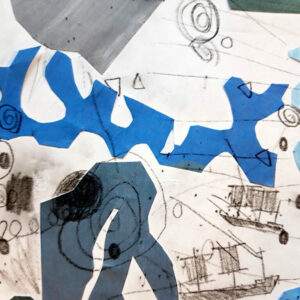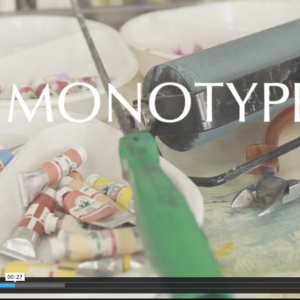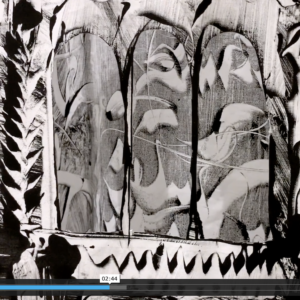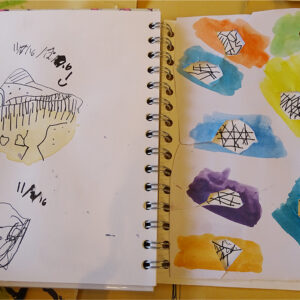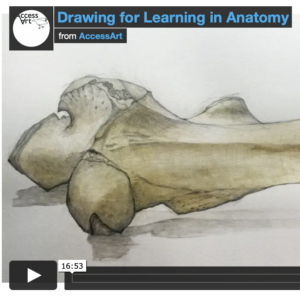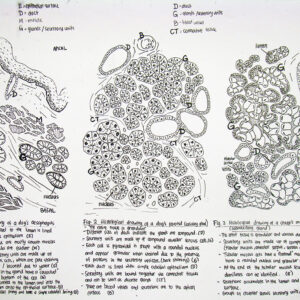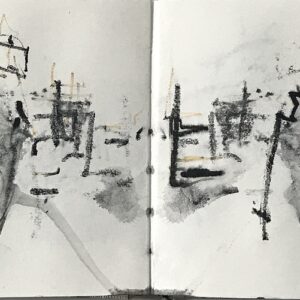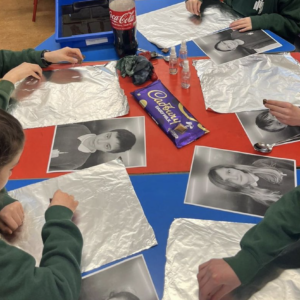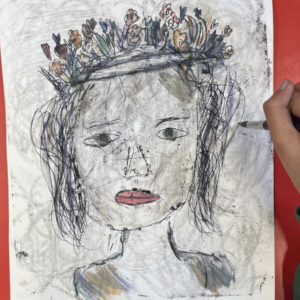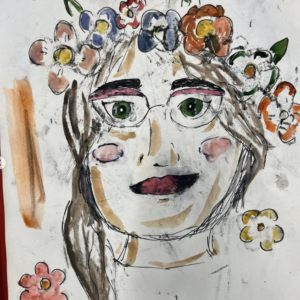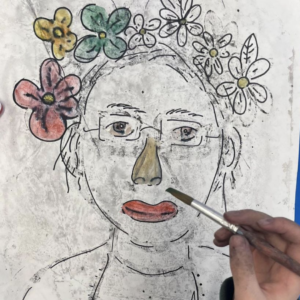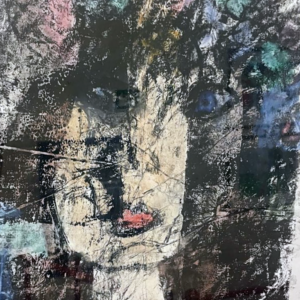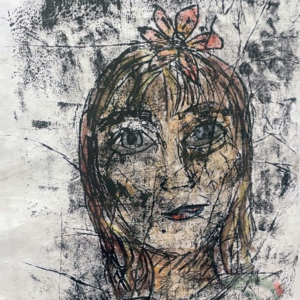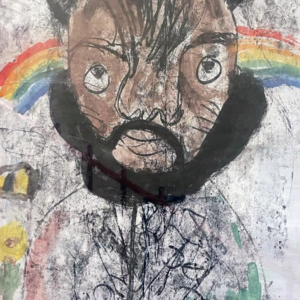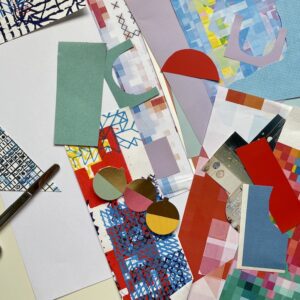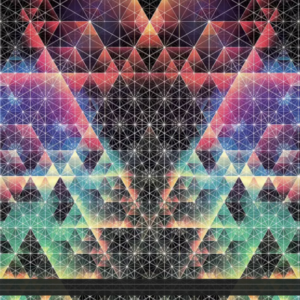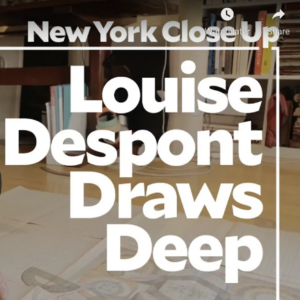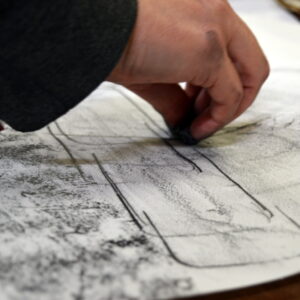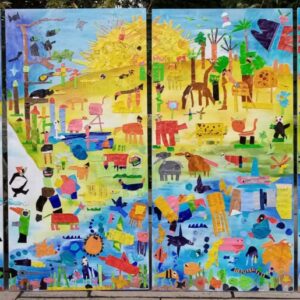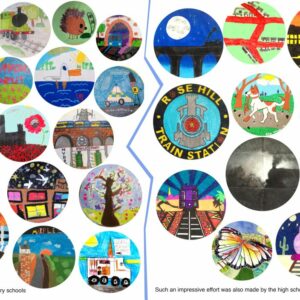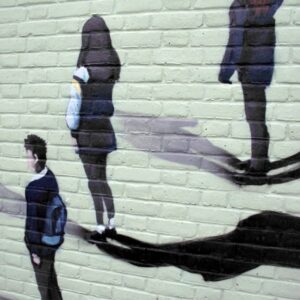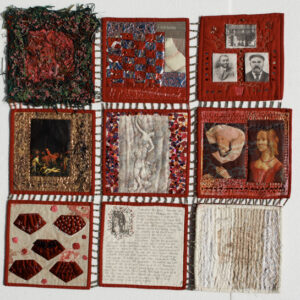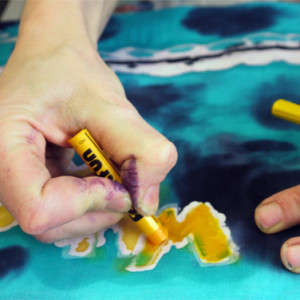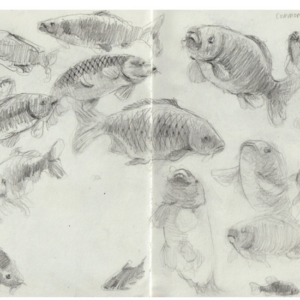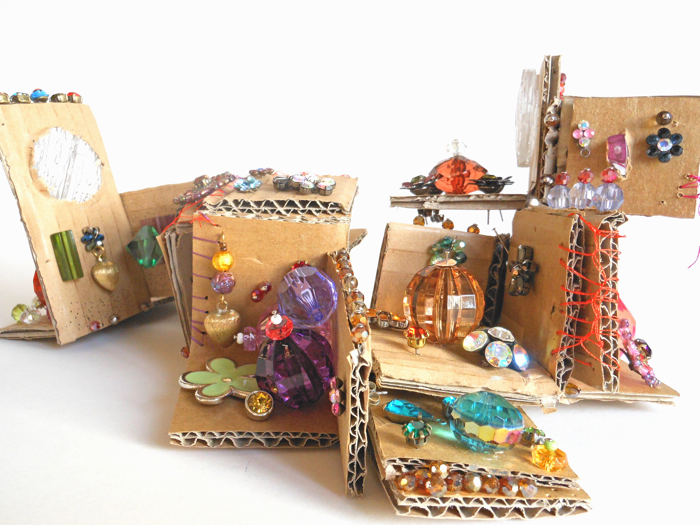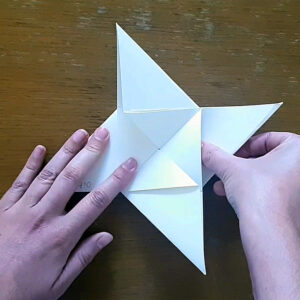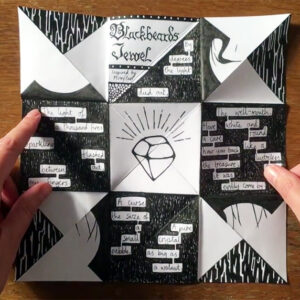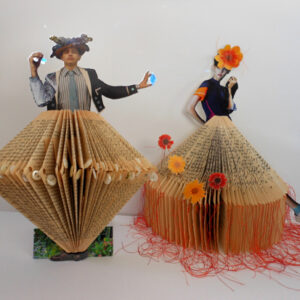This post shares the making of a visual poetry zine, using collage and monotype.
The activity provides lots of space for visual interpretation/personal creative response to poetry or even film. It also provides an opportunity for a more intuitive exploration of colour, line and shape, as well as space for an exploration of the relationship between text and image on the page.
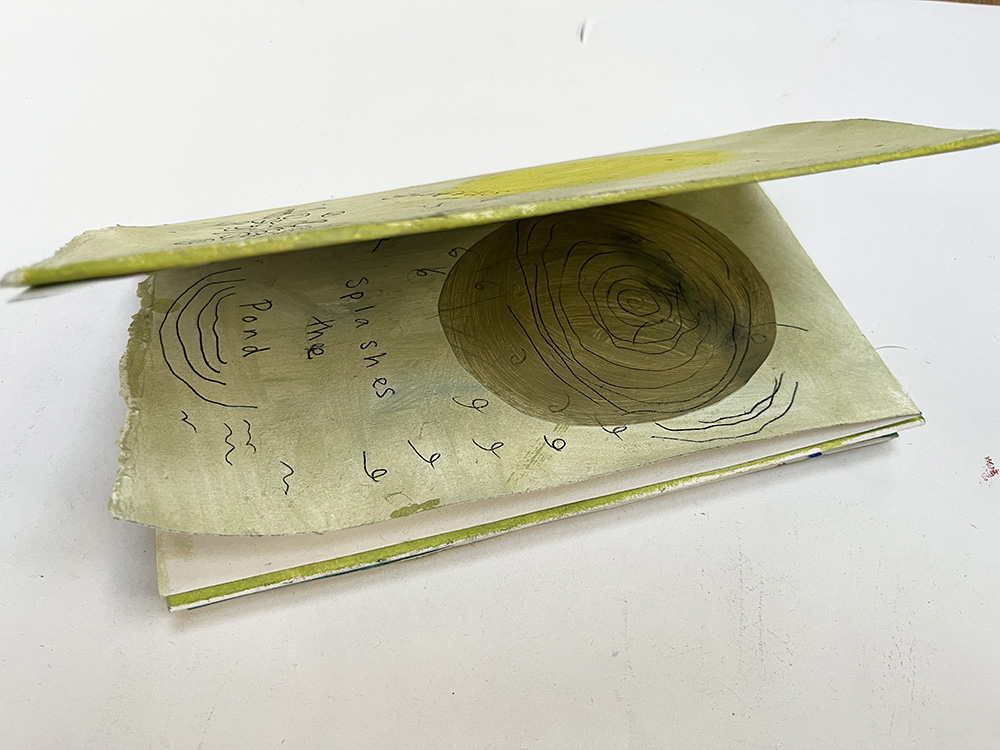
Materials
You will need:
- A1 sheets of cartridge paper (1 per pupil).
- Smaller sheets of paper (any type such as cartridge or sugar paper, but not thin printer paper). These sheets are used to collage with.
- Printer paper, to use to ink the monotype OR Carbon Copy paper.
- Acrylic paints.
- Printing ink (black or dark blue)*
- Newsprint to protect table.*
- Rollers.*
- Recycled cardboard as paint palettes.
- Brushes, water.
- PVA or glue stick glue.
- * not needed if you use Carbon Copy paper method
To Begin
To access all content, I would like to join as…
AccessArt is a UK Charity and we believe everyone has the right to be creative. AccessArt provides inspiration to help us all reach our creative potential.
